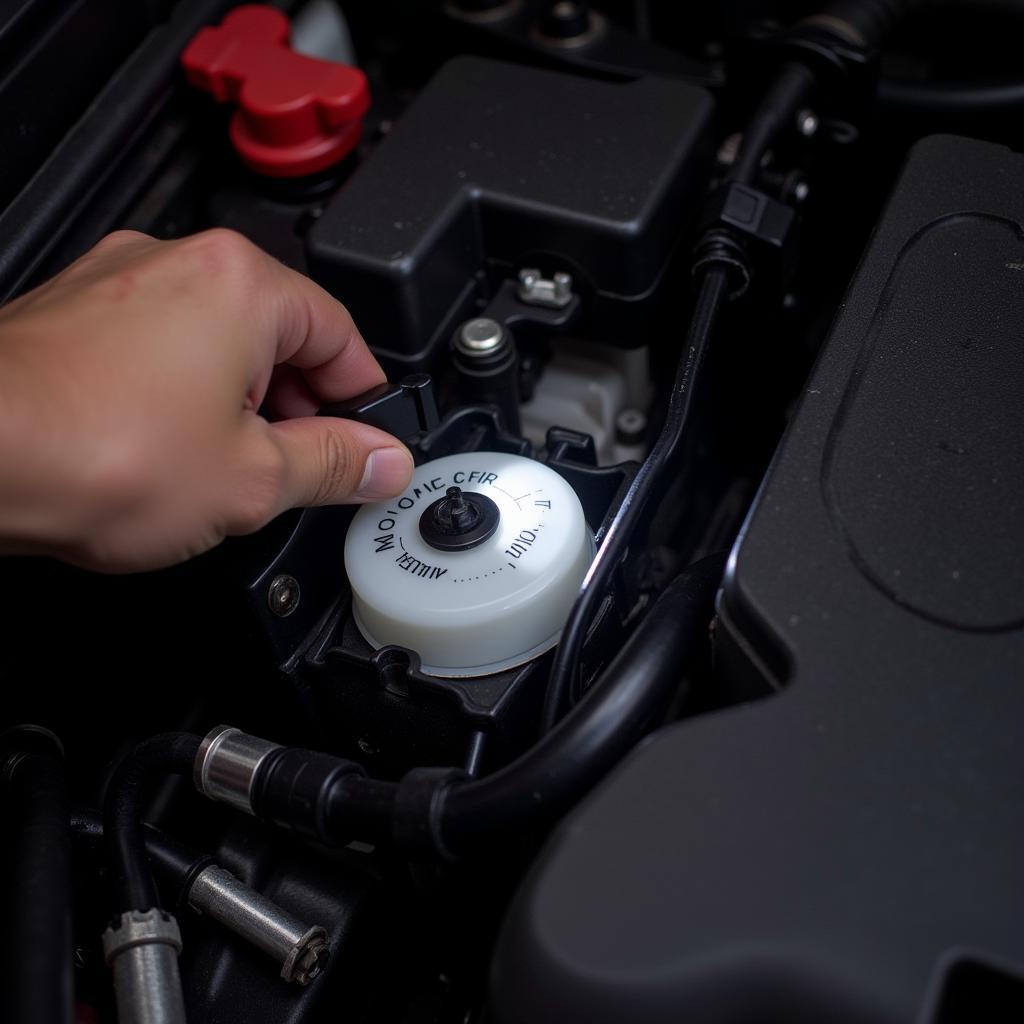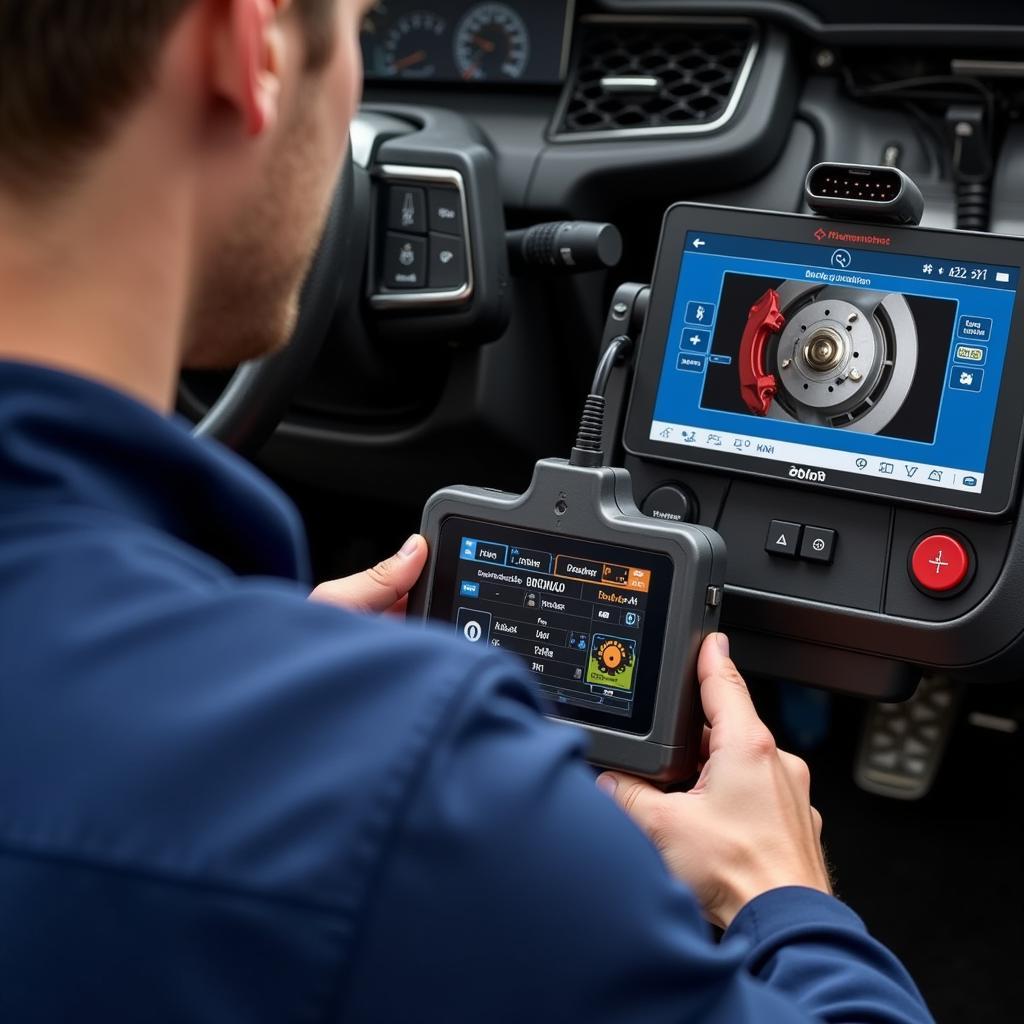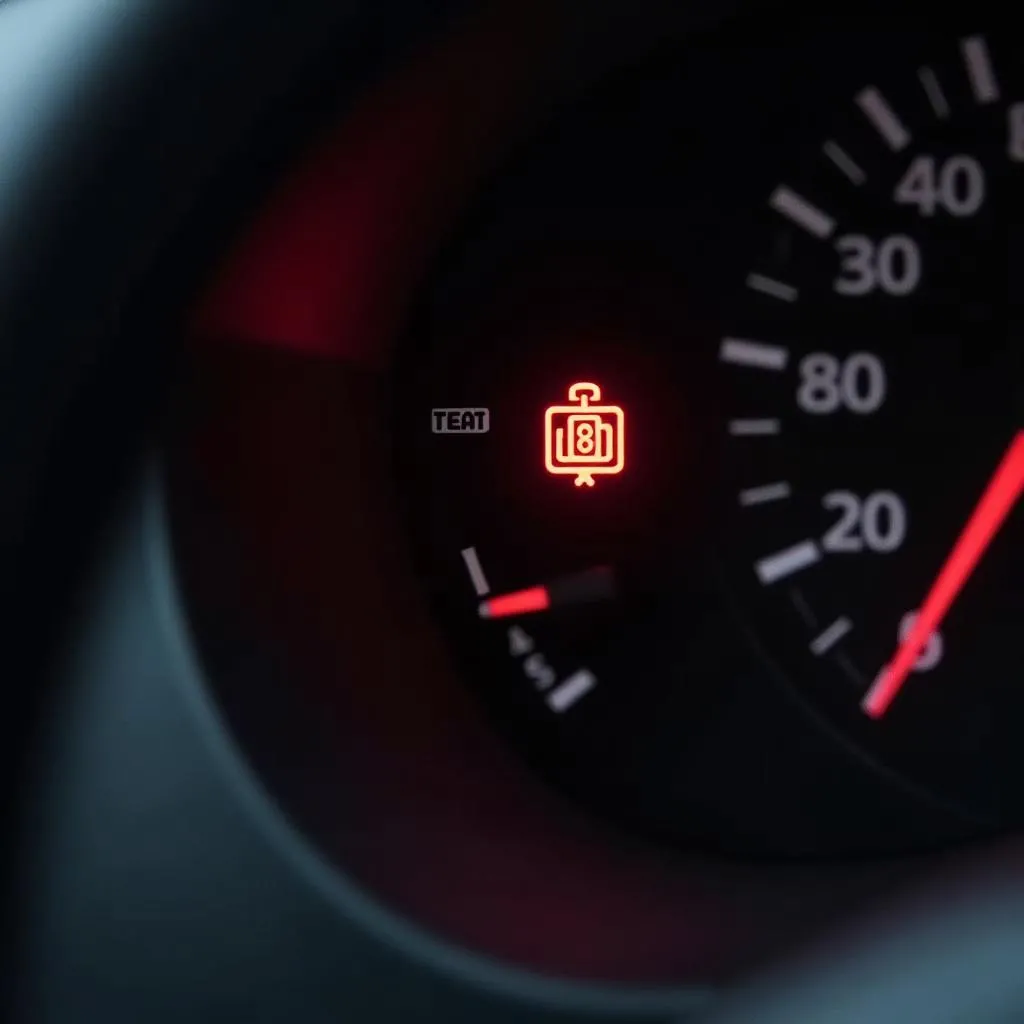The dreaded brake light system warning. Seeing this illuminated on your dashboard can be unsettling, but understanding its causes and solutions can empower you to address the issue effectively. This article dives deep into the brake light system warning, providing comprehensive troubleshooting steps and exploring various solutions, from simple DIY fixes to more complex repairs requiring professional assistance. Learn how to diagnose the problem, understand its potential implications, and determine the best course of action. You’ll find valuable insights, expert advice, and practical tips to help you get back on the road safely. After the initial inspection, you might need to check your brake system warning lights may indicate ____ brake fluid levels.
Understanding the Brake Light System Warning
The brake light system warning light is a crucial safety feature in your vehicle. Its illumination signifies a potential problem within your braking system, which could range from a minor issue like a burnt-out bulb to a more serious concern such as low brake fluid or a malfunctioning ABS system. Ignoring this warning can compromise your safety and the safety of other drivers.
Common Causes of a Brake Light System Warning
Several factors can trigger the brake light system warning. Some of the most common culprits include:
- Burnt-out brake light bulbs: This is often the simplest and most easily remedied cause.
- Low brake fluid: Low brake fluid can indicate a leak in the system and requires immediate attention.
- Faulty brake light switch: The brake light switch activates the lights when the brake pedal is depressed. A malfunctioning switch can prevent the lights from functioning correctly.
- Issues with the ABS (Anti-lock Braking System): Problems within the ABS can also trigger the warning light.
- Wiring problems: Damaged or corroded wiring can disrupt the flow of electricity to the brake lights.
Troubleshooting the Brake Light System Warning
Here’s a step-by-step guide to help you troubleshoot the brake light system warning:
- Check the brake light bulbs: Inspect all brake lights, including the high-mounted brake light, for burnt-out bulbs. Replace any faulty bulbs.
- Inspect brake fluid levels: Locate the brake fluid reservoir and check the fluid level. If it’s low, add brake fluid and inspect for leaks.
- Test the brake light switch: You can test the switch using a multimeter or by checking for continuity. If the switch is faulty, replace it.
 Checking Brake Fluid Level in Car
Checking Brake Fluid Level in Car
- Check for wiring issues: Inspect the wiring connected to the brake lights for any signs of damage or corrosion. Repair or replace any damaged wiring.
- Consult a professional: If you’ve performed these checks and the warning light persists, it’s crucial to consult a qualified mechanic. They have the expertise and equipment to diagnose and repair more complex issues, such as problems with the ABS system.
You might also want to check resources specific to your car make, such as information on the lexus brake system warning light.
What if the Brake Warning Light Stays On?
If the brake warning light remains illuminated after troubleshooting, it indicates a persistent issue requiring professional attention. Continuing to drive with a persistent brake warning light could be dangerous.
 Mechanic Diagnosing Car Brake System with Diagnostic Tool
Mechanic Diagnosing Car Brake System with Diagnostic Tool
Preventing Future Brake Light System Warnings
Regular maintenance can help prevent future brake light system warnings. This includes:
- Regularly checking brake fluid levels and topping it off as needed.
- Having your brakes inspected by a qualified mechanic at least once a year.
- Addressing any brake-related issues promptly.
- Being aware of any unusual noises or changes in brake performance.
For specific locations of components, refer to resources like brake system warning light switch locations.
Conclusion
The brake light system warning is a critical safety indicator. Understanding its causes and taking appropriate action is essential for ensuring your safety and the safety of others on the road. By following the troubleshooting steps outlined in this article and seeking professional assistance when necessary, you can address the issue effectively and keep your braking system in optimal condition. Don’t ignore the brake light system warning – take action today.
FAQs
- What does the brake light system warning light mean? It indicates a potential problem with your braking system, ranging from a minor issue like a burnt-out bulb to a more serious concern like low brake fluid.
- Is it safe to drive with the brake light system warning light on? It’s not recommended. While you might be able to drive short distances, continuing to drive could be dangerous.
- How can I reset the brake light system warning light? The light will typically reset itself once the underlying issue is resolved.
- What should I do if the brake light system warning light stays on after replacing the bulbs? Consult a qualified mechanic for further diagnosis and repair.
- Can a faulty ABS sensor trigger the brake light system warning light? Yes, problems within the ABS can trigger the warning light. You could check information specific to your car like the mazda brake system warning light.
- How can I prevent future brake light system warnings? Regular maintenance, including checking brake fluid levels and having your brakes inspected annually, can help prevent future issues.
- Where can I find the location of the brake light switch? Resources like online forums or your vehicle’s owner’s manual can provide information about the location of the brake light switch. You could also look for information related to your specific car make, such as the brake system warning light lexus.

